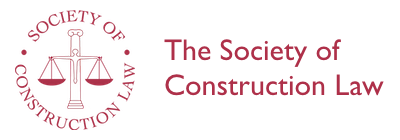Construction and 'Neighbour Risk' - Common Law Variants
Philip Britton
July 2014
A paper derived from talks to the Society of Construction Law New Zealand in Auckland on 3rd April 2014 and in Wellington on 7th April 2014
Please note that this paper has been completely revised and extended in a new version.
In this paper Philip Britton attempts to answer a pair of questions. How, and how well, does the law strike a balance between development and neighbours' rights? What conceptual tools does it use, and what range of remedies does it offer? The paper is concerned with the interface between the law of tort (private nuisance, trespass and the general law of negligence) and the law of real property, and though centred on English law, including the recent Supreme Court case of Coventry v Lawrence, draws contrasts with the common law jurisdictions of Australasia and Singapore. The paper includes a special focus on damage to buildings and structures from construction work nearby, on the choices of remedy available and on courts' discretion in this area.
1. Introduction - 2. A twentieth-century example: Hunter v Canary Wharf - 3. The private law background - 4. The relevance of statutory regulation - 5. Civil liability for damage caused by construction operations: English law - 6. Rights of support: new approaches - 7. Assessing and managing 'neighbour risk' - 8. The worst-case scenario - 9. Conclusions.
The author: Philip Britton LLB BCL is a Senior Fellow, University of Melbourne; Consultant, Fairweather Stephenson & Co Ltd (Aldeburgh, UK); also former Visiting Professor and Director, Centre of Construction Law and Dispute Resolution, King's College London (philip.britton@marshwinds.co.uk).
Text: 70 pages
